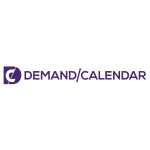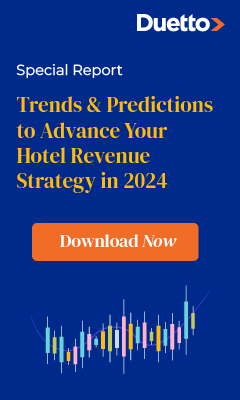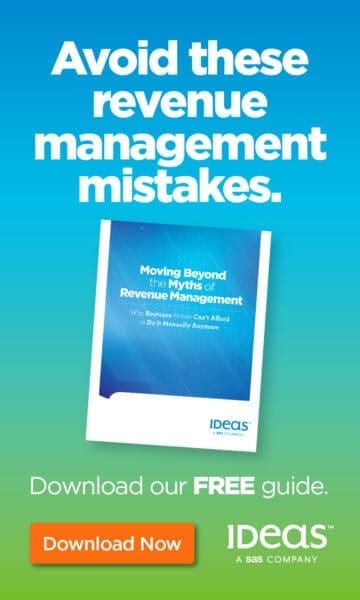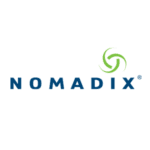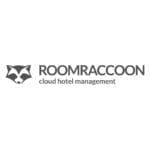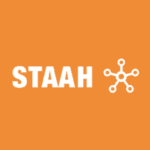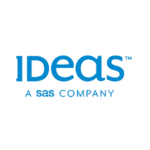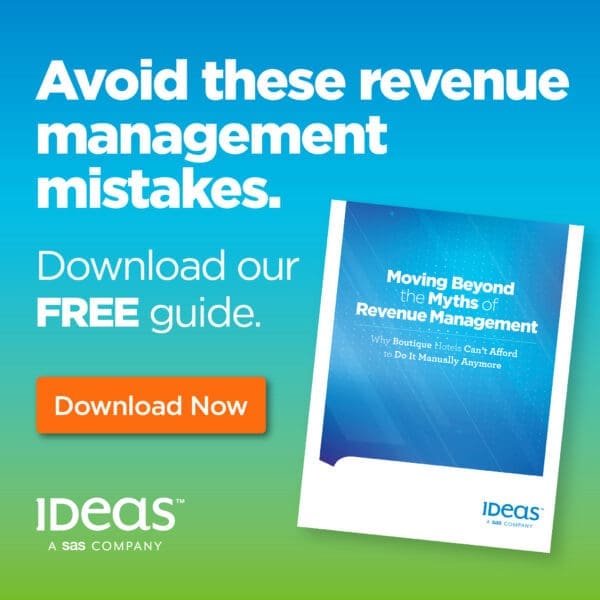The cost of capturing demand
People travel for a reason to a destination, which generates hotel overnight stays, which means that without a travel reason, there is no need to stay in a hotel. The demand for hotel overnight stays is given based on how many people travel to the destination and need a place to stay. Hotels cannot create demand. Someone else creates demand, so hotels can only capture demand. There is a cost of capturing demand, so all hotels should want to know the cost to be able to manage the cost. This is the customer acquisition cost (CAC). The purpose of all commercial work in a hotel is to capture demand, so all costs for the commercial work should be included in the CAC. The costs for commercial work show up in the P&L under costs for employees, marketing, sales, revenue management, loyalty programs, commissions, etc. Several cost categories and items belong to commercial work. Unfortunately, some are not even in the P&L because the transaction does not involve the hotel. Here is an overview of the CAC in a few categories.
Commissions
Hotels pay commissions to OTAs, travel agents, and others. This is a direct cost of acquiring the reservation.
Transparent commissions
Commissions invoiced from a third party and paid by the hotel are transparent and will show up in the P&L.
Invisible commissions
Hotels give net rates to OTAs, travel agents, tour operators, etc. The third-party will add a markup on the net rate and re-sell the room to a guest/customer. The hotel sometimes knows about the markup; other times, the markup is unknown. The hotel will never get an invoice, and these invisible commissions will never show up in the P&L.
The general definition of commissions is the difference between what the guest/customer pays and what the hotel receives. Both transparent and invisible commissions should be included in the CAC.
Transaction costs
Hotels pay transaction costs for some reservations. This is usually a cost for transporting the reservation through a distribution channel, such as a GDS, channel manager, or booking engine. The transaction cost is per reservation, per room, or per room night. There are also transaction costs for updating rates and availability and other transaction costs related to distribution channels. Hotels receive an invoice for transaction costs, which show up in the P&L.
Loyalty costs
If the hotel belongs to a loyalty program, the owner of the loyalty program will charge the hotel for participating in the program and when the hotel gives guests loyalty points. In addition, the loyalty program owner will require that the hotel accepts loyalty guests to use points to stay at the hotel. The reimbursement for these room nights is often lower than selling the room at a regular rate, which means that it would be a cost for the hotel if the hotel could have sold the room for a higher rate. The loyalty program owner will send an invoice for direct costs that will show up in the P&L. The missed revenue opportunity when accepting a reservation at a lower rate will not be invoiced and, therefore, not show up in the P&L. If these costs are substantial, the hotel should include them in the CAC.
Other costs
Other costs include employees working in commercial roles or with commercial work and all additional costs spent to acquire revenue from guests and customers.
Labor costs
The end goal of everything marketing, sales, and revenue management is to grow revenue, so the costs for these roles are part of CAC. In addition, if the hotel has a reservations department, this is also part of CAC. Finally, in some hotels, the GM has a significant role in guest acquisition, so a part of the cost for the GM should be included when calculating the CAC.
Expenses
Marketing and sales costs should be included in the CAC calculation. These costs show up in the P&L, making them easy to find.
Definitions and KPIs
There are still some pitfalls in the calculations. Once all costs have been found and totaled, it is time to calculate the CAC as a percentage of revenue. The revenue has to be the guest-paid revenue, so the revenue has to be adjusted. It will be higher than the P&L shows since it includes invisible commissions. Here are some definitions of KPIs.
- CAC % = CAC / Guest Paid Revenue
- Net revenue = Guest Paid Revenue – CAC
- Contribution to Operating Profit and Expense percentage (COPE %) = Net revenue / Guest Paid Revenue
- COPE ADR is the room revenue the hotel keeps after individual costs of acquisition per transaction are removed, and COPE % is the proportion of COPE ADR to Guest Paid ADR.
 Hotels have probably submitted the budget for 2023 by now, most likely in the traditional format of the P&L with revenue by a few revenue sources and then an endless number of rows outlining the different cost categories.
Hotels have probably submitted the budget for 2023 by now, most likely in the traditional format of the P&L with revenue by a few revenue sources and then an endless number of rows outlining the different cost categories.

